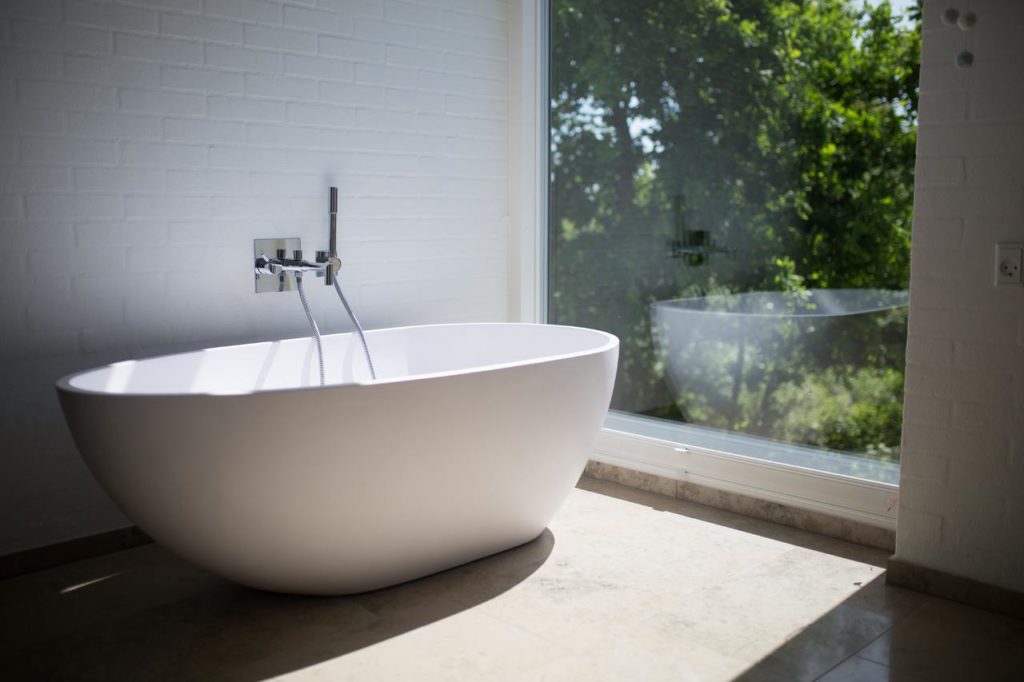
7 Ways to Make Your Plumbing More Environmentally Friendly
There’s much more to making your home green than solar panels and tending to your own veggie garden. Sustainable plumbing is getting more and more coverage and not without a reason – it involves everything from managing the water use and eco-friendly fixtures, to energy-saving technologies and recycle storm water. Here are seven ways to make your plumbing more environmentally savvy.
Maintain existing fixtures
For starters, sustainable plumbing is all about making things last more and minimizing the wastage. To this end, you have to practice regular maintenance. First and foremost, check visible taps and pipes for leaks, signs of rust, or calcite build-up, and have your hot water system checked for pressure and internal rust. If every system component works flawlessly, you know it’s efficient and consequently uses fewer resources.
Buy energy-efficient appliances
Apart from saving electricity or gas, energy-efficient appliances cut down on water use as well. Efficient washers, dishwashers, and toilets are designed to get the most out of every drop of water that passes through them. Water-saving toilets, for example have smaller tanks that release less water with each flush, while due to smart washing regimen, laundry washers use up to 25% less energy and up to 40% less water. Instead of heating the water supply, dishwashers heat the water instantly by running it through heated coils.
Deal with drips and leaks
It’s a hard truth that a dripping faucet can waste 12 litres of water a day, so don’t hesitate to repair fixture leaks the moment you notice them. The most common types of leaks at home are associated with worn out rubber bushings, valves or loosened connections. These problems are easy to fix using plumber’s tape and a universal pipe wrench or monkey wrench. However, the best way to see if you have leaks, whether visible or hidden, is to check the water meter before and after a day spent away from home, when you are sure no water will be used.
Prevent environmental disaster
Attracted by moisture, tree roots wrap around the drain pipe, feeling for tiny slits at the joint through which to enter, trapping toilet paper cellulose and other materials. Even worse, the root can dislodge the whole section, allowing your sewage to spill out in your garden, causing unpleasant odors and fecal contamination. This kind of problem is not uncommon in countries like Australia, where many suburban homes still use old clay sewage pipes and trees grow in abundance. So, at the first sign of slow drainage, people don’t hesitate to dial reliable professionals for emergency plumbing in Sydney, since dealing with a clogged or cracked drain requires both special tools and expertise.
Consider dual plumbing system
As an alternative to traditional plumbing, this dual system separates water into two types: potable and reclaimed. While potable water is used for drinking, cooking and washing, reclaimed is reserved for toilet flushing and irrigation. This way, what was once considered sewage the moment it flushes down the drain, is treated to remove waste and harmful bacteria, and given a secondary purpose of watering your garden.
Plant a green roof
Another way of keeping perfectly good water from going down the drain is to make a living roof. This might be an interesting, yet not a simple project that includes layering and waterproofing the roof, as well as figuring out the access and drainage. A professional plumber can help you with the technical specs, as well as suggest which materials to use. Apart from making use of storm water, a green roof provides great insulation for your home.
Minimize landscaping water use
With a proper plant selection and graded landscape design, you can adapt your garden to your climate, ensuring that it makes the most of the rain, or the lack of it. Apart from very popular xeriscaping, you can use native plants and landscapes that blend well with the function of your existing space. Native plants are well-suited to the given climate, requiring little additional irrigation over the year.
Apart from making a considerable contribution to water and energy conservation in your home, environmentally-friendly plumbing solutions are also beneficial to your water and energy bills. While inexpensive solution like switching to low-flow fixtures or replacing worn out parts take effect immediately, more expensive ones might require a bit of planning, but definitely pay off in long term.
 WhosGreenOnline.com Your Online Magazine and Directory for Green Business, Product, Service and News!
WhosGreenOnline.com Your Online Magazine and Directory for Green Business, Product, Service and News!

